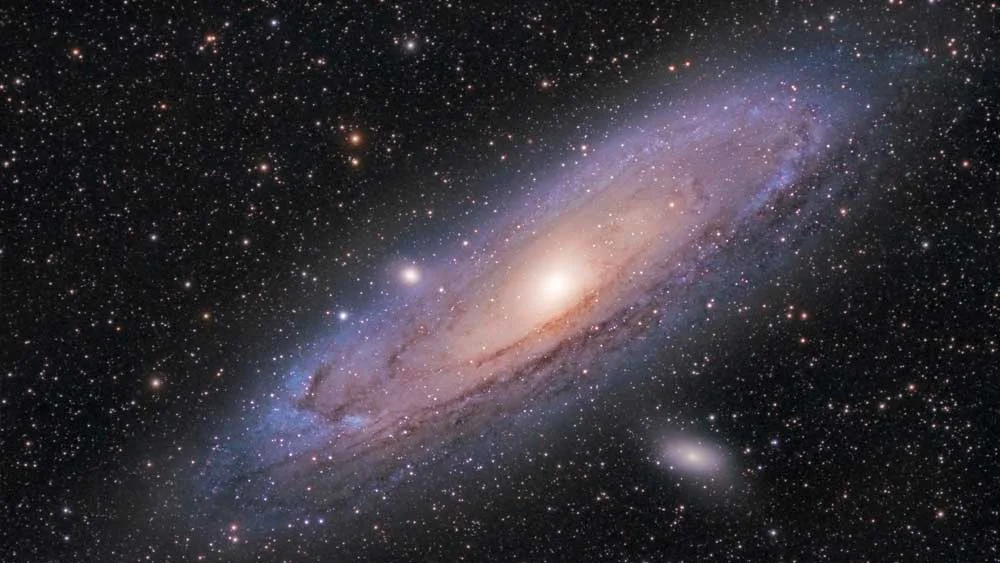The cosmos continues to reveal its mysteries, and one of the latest revelations comes from an analysis of nearby spiral galaxies that challenges our understanding of their formation and transformation. Astronomer Alister Graham’s recent findings suggest that these spiral galaxies might have had a different origin than previously thought, hinting at a fascinating journey from lenticular shapes to grand elliptical structures.
In a groundbreaking article published in the July issue of the Monthly Notices of the Royal Astronomical Society, Alister Graham introduces an alternative perspective on the evolution of galaxies. This research has the potential to reshape our perception of celestial history, particularly concerning the Milky Way, our very own galaxy.
Lenticular galaxies, characterized by their lentil-like shape, have long been overlooked in the study of galaxy morphology. Astronomer Christopher Conselice from the University of Manchester in England, not associated with the study, aptly describes them as the “abandoned stepchild” of galactic shapes. These galaxies display a peculiar feature – a bulging center that thins out towards their edges, reminiscent of the form of a lentil.
Intriguingly, the traditional view posits that spiral galaxies, including our Milky Way, evolve naturally from lenticular masses. However, Alister Graham’s research challenges this notion. His study contends that spiral galaxies could instead be the outcome of a distinct transformation process involving lenticular galaxies.
One of the most confounding aspects of lenticular galaxies is their lack of substantial star-forming gas, a trait that sets them apart from their spiral counterparts. This enigma prompted Graham to explore the role of black holes in unraveling this cosmic puzzle.
Most galaxies are home to supermassive black holes. As galaxies collide and merge, their black holes also coalesce, leaving behind a historical record of these cosmic interactions. This correlation between black hole mass and galaxy evolution forms the basis of Graham’s investigation.
Employing data obtained from the Hubble and Spitzer space telescopes, Graham delved into the black hole and stellar masses of nearly 100 galaxies in close proximity. While conventional wisdom dictates that black hole mass and overall stellar mass should align consistently within galaxies of the same structure, this pattern eluded lenticular galaxies.
Upon closer scrutiny, Graham made a fascinating discovery – lenticular galaxies are not uniform entities. Instead, they consist of two distinct groups, each with its own attributes. One group displays a notable presence of interstellar dust, while the other lacks this feature. The segregation between these two groups hints at a more complex narrative than mere visual differences.
Remarkably, the black hole masses in these groups do not correlate in a consistent manner, suggesting disparate histories and behaviors. This dichotomy led Graham to propose a captivating theory: lenticular galaxies devoid of interstellar dust could evolve into spiral galaxies through a process involving the capture of smaller satellite galaxies and mergers with nearby cosmic matter. These interactions would ultimately impact their black hole masses and influence the acquisition of surrounding gas.
Alister Graham’s groundbreaking research implies that spiral galaxies occupy an intermediary position between the two categories of lenticular galaxies, bridging the gap in their evolution. As the scientific community continues to explore these findings, the study serves as a testament to the ever-evolving nature of our understanding of the universe. The cosmos, it seems, has yet more secrets waiting to be uncovered.




